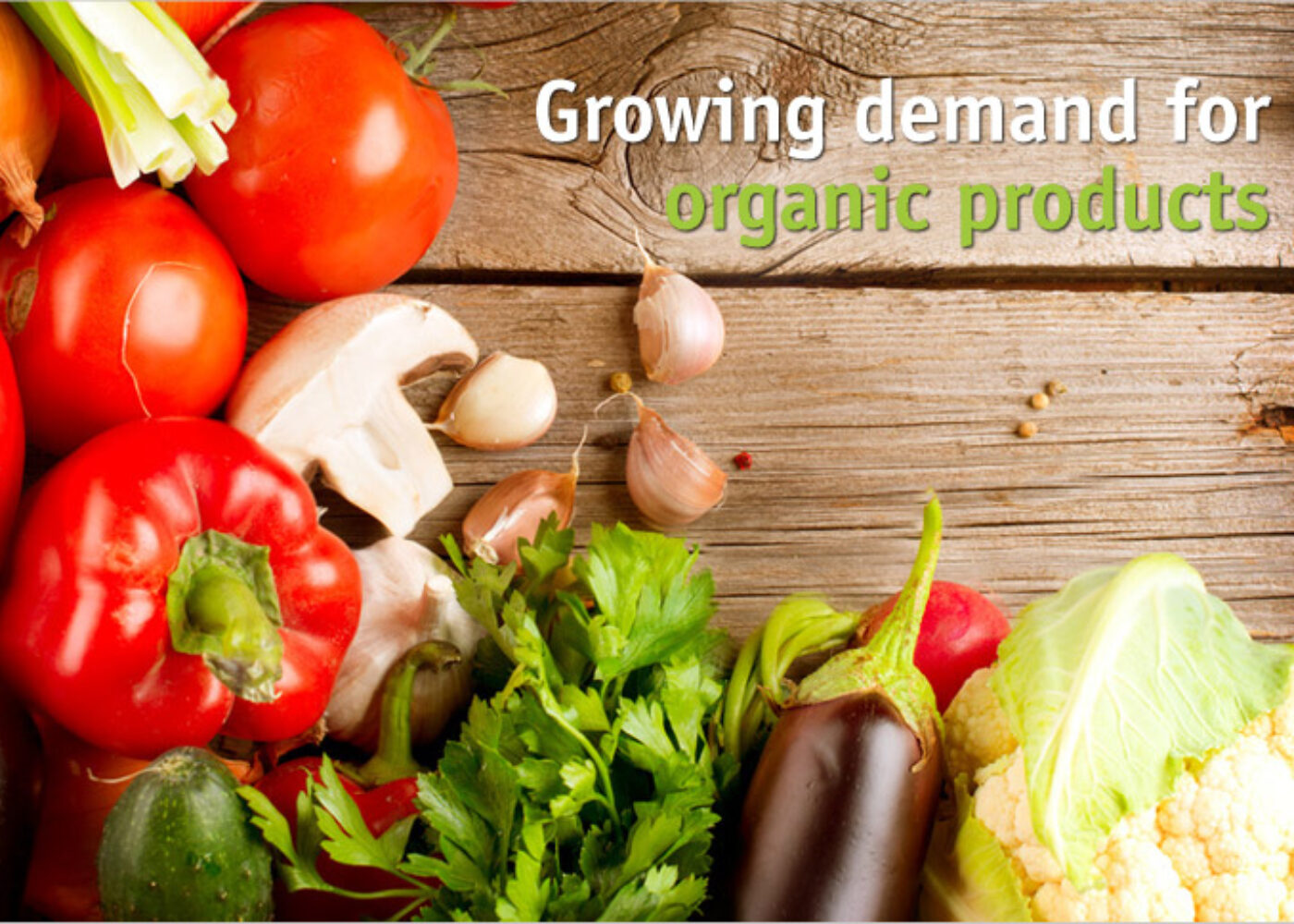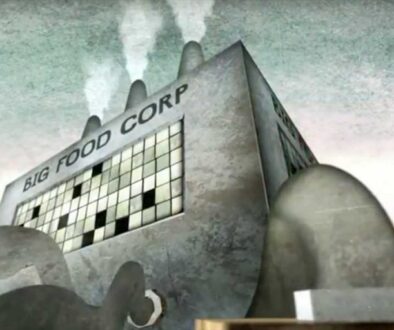Consumer Demand Driving Record Growth of Organic Foods

Organic Produce Now Accounts for 13% of All Produce Sales
While organic produce continues to dominate all organic product categories with sales of $14.4 billion (up 10.6%) in 2015, other segments showed impressive growth, including organic fresh juices and drinks and organic eggs, with sales increases of more than 30% recorded over the previous year.
Of note, reports the Organic Trade Association (OTA), is that nearly 13% of all produce now sold in the U.S. is organic. Dairy, the second largest organic food category, grew 10% to $6 billion in sales, accounting for 15% of total organic food sales.
“Together, produce and dairy account for more than half of total organic food sales,” said Laura Batcha, CEO of OTA. That said, the organic snack food category posted $2.3 billion in sales, up nearly 14%, she observed.
Nearly 5% of all food sold in the U.S. is now organic, the survey reported.
Supply Chain, Production Still Behind Consumer Demand
To satisfy the double-digit demand for all things organic, the number of certified organic producers in the U.S. hit a record high in 2014, reported the U.S. Department of Agriculture (USDA) in April 2016.
According to market data released by the National Organic Program (NOP), there are now 21,781 certified organic operations in the U.S., and 31,160 certified organic operations worldwide. The number of domestic certified organic operations increased by almost 12% between 2014 and 2015, representing the highest growth rate since 2008, says NOP.
Additionally, 43.7 million hectares (108 million acres) of worldwide agricultural land was in organic production at the end of 2014 – a record high, says the Swiss-based Research Institute of Organic Agriculture (FiBL) in its 2016 state of the global industry report, produced in partnership with IFOAM Organics International, the world’s leading organic producer association. Global sales of organic products are estimated at $75 to 80 billion.
However, growth in the organic market has presented continued challenges to the supply chain, and production still lags consumption. “Dairy and grains were two areas where growth could have been even more robust in 2015 if greater supply had been available, said OTA. “There is an industry-wide understanding of the need to build a secure supply chain that can support demand. This goes hand-in-hand with securing more organic acreage, developing programs to help farmers transition to organic, and encouraging new farmers to farm organically.”
Consumer Demand Driving Record Growth of Organic: U.S. Sales of Organic Products Grew 11% to $43.3 Billion in 2015
Driven by a groundswell of steadily rising consumer demand for healthy, environmentally friendly food produced without the use of toxic, synthetic pesticides and fertilizers, antibiotics and growth hormones, irradiation, genetic engineering, and often inhumane treatment of animals, sales of organic products in the United States hit a record high in 2015, posting 11% growth to reach $43.3 billion in sales, according to the Organic Trade Association’s (OTA) newly released 2016 Organic Industry Survey.
The 11% growth rate for organic products is significantly ahead of the 3% growth figure reported for the overall food industry, reports Food Navigator USA, something major multinational food companies are certainly noticing as they continue to enter the organic market through product launches or, as is proving to be more often the case, acquisitions.
From Presence Marketing Newsletter June, 2016 Volume 13, Issue 06





